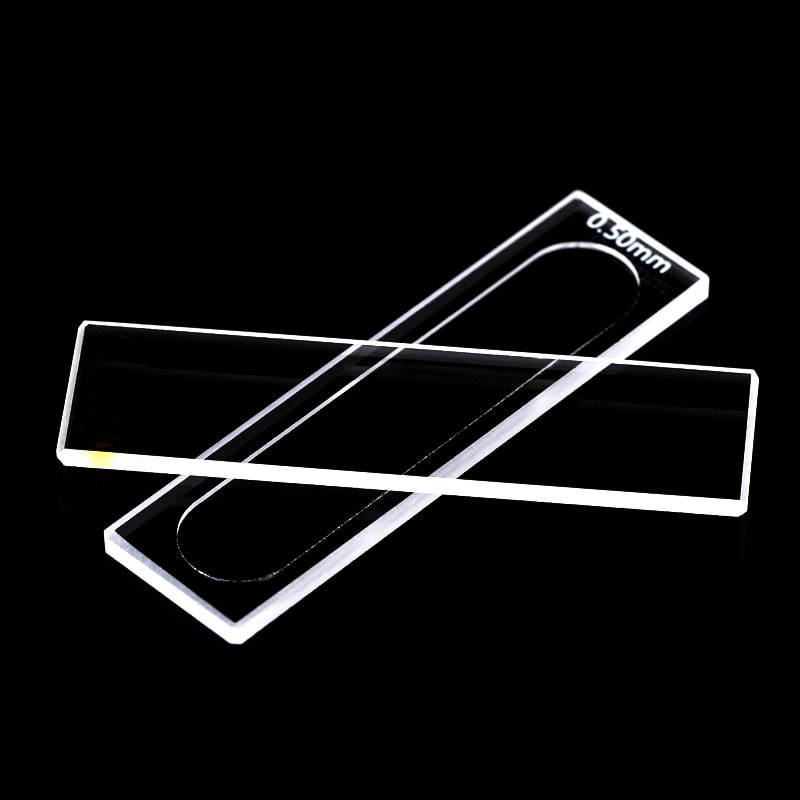The spectrophotometry method is the cornerstone for scientific discovery. It unravels the mysteries of light absorption and transmission across particular wavelengths. The cuvette is at the center of spectrophotometry. It’s an easy but vital vessel that is used to store samples for analysis. These small containers might seem simple, but their design intricacies, from cuvette path length to material choice, hold the key to unlocking accurate data on substance concentration and purity. We’ll explore this fascinating world that reveals how cuvette dimensions as well as size influence the results of each study.

Image credit: cuvet.co
The Power of Cuvette Path Length
Imagine that a beam is passing through the sample. The outcome is determined by the path length of the cuvette. This is the amount of light travels through the liquid. Many laboratories employ a standard cuvette with a 1 cm path. This is the best compromise between practicality and sensitivity. What is the significance of this? The longer the light path, the greater the amount of light taken in. So, the light signal is amplified in sample that is diluted. A shorter path can make an enormous difference in concentrated solutions like nucleic acids or proteins. This method reduces the quantity of dilution that is required to preserve precious samples, as well as reduces the time needed to prepare. The lesson to take away? Achieving the right match between path length and samples’ requirements is a fine technique that improves reliability.
Cuvette Dimensions and Size Cuvette Dimensions and Size: There’s More Than You Think
The dimensions of a cuvette isn’t just about how much liquid can be contained however, it also determines how it works with the instrument. Cuvettes come in a variety of volumes and shapes, each tailored to specific tasks. Semi-micro cuvettes for instance have smaller dimensions and thicker wall thicknesses, are designed to handle tiny volumes of samples. Imagine a few nanoliters, or perhaps a rare biological extraction. Thick walls allow light to pass through the sample, without losing even just a drop. Comparing this to an ordinary cuvette there is a noticeable difference that there are fewer steps to pipette less errors, and results which hold up. It’s a clever tweak that proves size isn’t just a number it’s strategy.
The 1 cm Path Length Cube A Lab Favourite
Why is a cuvette with 1 centimeter length very popular in so many research studies? It’s perfect to measure biological parameters when the samples are in short supply and milliliters count. This design is a classic and provides reliable reads of absorbance while not overloading the detector. It’s suitable for everything from DNA purity tests to enzyme tests. It’s not the ideal choice in all circumstances. If you swap it out for a cuvette that has an entirely different geometry or length, such as one that is used for studying emission, the results can be extremely distorted. The choice of the correct instrument is crucial, and not just using the one you are comfortable with. An instrument that’s not matched to a cuvette not properly matched.
Material Matters: More than Size and Path
Cuvette dimensions only tell half the story. The choice of material is the final word. Glass and quartz cuvettes are known for their excellent rate of light transmission. Cuvettes made of glass are tough they can be reused and are ideal for spectroscopy. Plastic cuvettes are also inexpensive and easy to use. They don’t require clean-up or cross-contamination. Simply take the cuvettes then throw them away. These are perfect for tests using aqueous solutions or DNA/RNA tests. The downside? lower accuracy for certain wavelengths. It’s a classic instance of intent dictating preference for quartz for the purists and plastic for the pragmatic.
The art of precision in practice
The variety of cuvettes is the reason they are so attractive. The short path length options with spacers tackle concentrated samples with finesse, while larger vessels are able to handle greater quantities. Every choice of length and size and the kind of material will have an impact on the test. This may impact the clarity of the result. Consider a lab measuring a rare protein: A semi-micro cuvette that has an elongated path avoids diluting issues and provides reliable results quickly. When you compare this to the unwise cuvette swap in mid-experiment and you see results that are not as clear, it’s no wonder. It’s a reminder of how, in spectrophotometry, even the little details make the most impact.
Cuvettes may be small, but their importance is huge. Cuvettes come in a range of sizes starting from the cuvette with one centimeter length and custom-designed. They help bridge the gap between data and insight. If you’re seeking quality or precision, the right cuvette will turn a good measure into a great one.